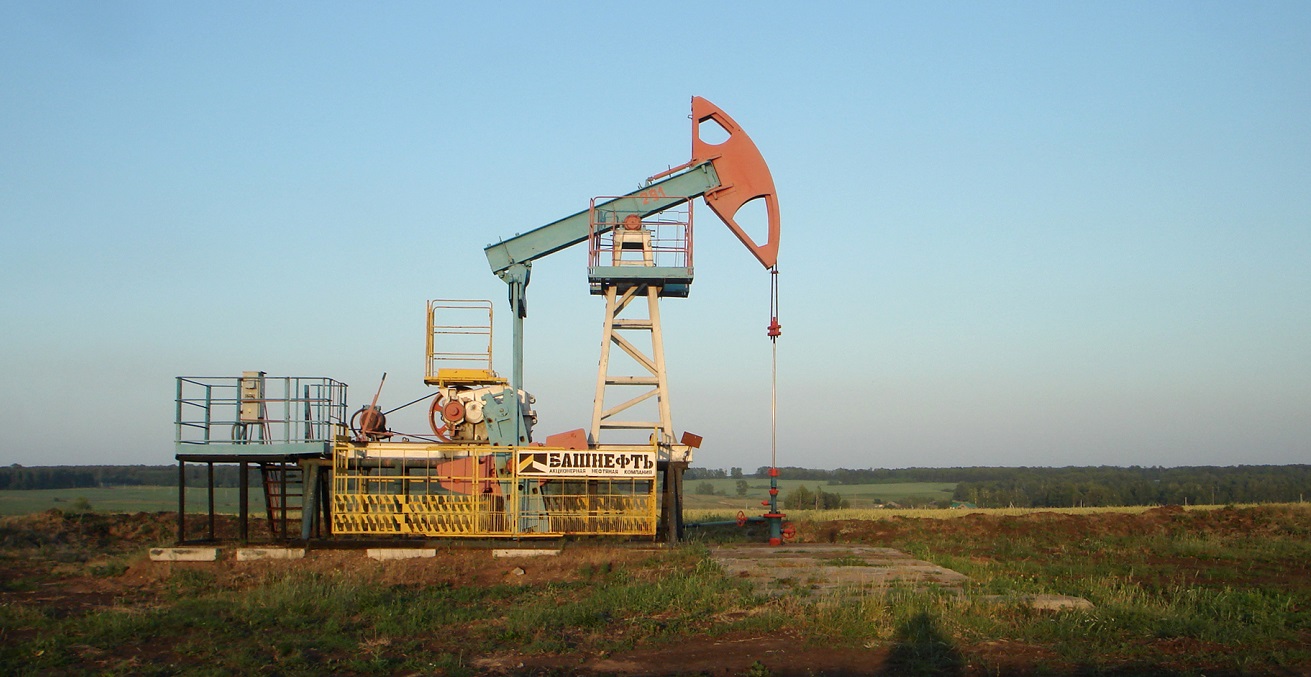Fuelling Competition: Russia’s Energy Security Threat in Australia's Backyard

What role does the Asia-Pacific play in Russian energy strategy? The answer is of consequence to Australian security, and yet Russian energy interests in the region remain an understudied area.
On the doorstep of vast reserves, the Asia-Pacific will account for the majority of growth in terms of future energy demand. For Moscow, this is a welcome reorientation of economic growth and energy demand. Russia’s energy sphere accounts for more than a quarter of its gross domestic product and almost two-thirds of the Russian export market.
Moscow is planning for the Far East to account for 40 percent of Russia’s oil and gas exports. Russian liquefied natural gas exports to Asia are expected to rise from six percent to 30 percent by 2035, which is fitting given the future of global energy demand is also to be found in the Asia-Pacific.
An array of direct and indirect implications for Australia stem from Russian foreign energy strategy in Asia. Of course, the starkest is that Australia is set on a potential collision course when it comes to fuelling the Asia-Pacific. The Australian government should watch Russia’s Northern Sea Route (NSR) development closely, as a key component of Russia’s new energy strategy is the creation of a new global energy corridor for Asia. This has substantial implications for Australia. The Asia-Pacific currently relies on the Malacca Strait Russian Energy Strategy in the Asia-Pacific corridor to receive goods and most of its energy needs. This corridor is congested, poorly secured, and has long lead times—all of which factor into increasing transportation costs. These costs are carried over to the consumer.
Russia’s NSR, which can currently operate three to four months of the year for Asia and year-round for Europe, offers a viable alternative to fuel the Asian market in terms of liquefied natural gas (LNG). Thanks to climate change, in the coming years the NSR will be passable year-round. This reorientation of global energy corridors provided by the NSR will ultimately make Australia an extremely expensive import and export market.
In both supply and demand terms, Canberra is at the mercy of market shifts and geopolitical developments in the Asia-Pacific and, in some places, contested, regional sea lines of communication. It also faces increased LNG competition from allies and adversaries alike, not to mention the increased threat posed by cyber-attributed attacks on critical infrastructure internationally.
Australian energy security is at risk in numerous ways: for example, targeted attacks on shipping logs, and logistical platforms tracking or calculating fuel at sea on its way to Australia. A tanker’s navigation system might be targeted, the energy major’s cyber system could be infiltrated, and Australian fuel delivery orders doctored. Climate change is evidently eroding Australia’s coastal communities, which will no doubt impact the port infrastructure we rely upon to receive fuel supplies.
Australia’s mining boom was great while it lasted. But policymakers failed to futureproof Australian energy security during those days, and the window for action during today’s LNG advent is closing swiftly. Of course, it is easy to argue that competing states have undermined Australia’s energy security position, particularly Russia in the Asia-Pacific LNG sphere. However, the real hurdle is overcoming the national “she’ll be right” mentality that permeates all energy stakeholders—policymakers, energy firms, and the private sector, as well as the local citizen consumer. Further areas for research into this complex challenge include questioning the utility of nationalising the Australian energy sector. The state leaves what little energy security planning it does to the private sector to manage.
Australia is the only member state of the International Energy Agency to consistently fail to uphold its obligation to have adequate emergency fuel stockpiles. In early 2020, Canberra made some moves to rectify this national challenge—by tapping into the US emergency oil stockpile. Given the vast array of regional stockpile options at hand—India or South Korea, for example—the turn to America clearly demonstrated the influence of politics.
2020 also ushered in another variable to the energy security picture: COVID-19. The pandemic has further underscored the strategic primacy of supply security and sea lines of communication. Conversely, energy demand has contracted to the point that there is a global supply glut, driving down energy prices and eroding Australia’s export market demand. This strategic shock has highlighted the need to think long term and in “new ways” about energy security.
Self-sufficiency is back in vogue, and Australia is increasingly talking about green energy economies and renewables in its energy mix. Society is also warming to increased discussion around the role of nuclear energy in Australia’s energy future.
The Asia-Pacific will account for the majority of growth in terms of future global energy demand. For Moscow, this is a welcome nearby sphere for economic growth and energy demand. Russia’s edge remains its cheaper gas product, geographical proximity to Asia’s growing market, and clear strategic policy for energy exports.
To ensure energy security for the nation, Australia should be looking to avenues to end its energy import over-reliance. As well as developing an indigenous energy alternative—whether nuclear or using Australia’s own LNG exports—Australia needs to reduce its over dependency on foreign energy supplies. On the export side, Australia must innovate with regards to the Asia-Pacific market.
Russia views energy as a strategic commodity. For Australia to have a fighting chance at securing its energy future, Canberra ought to start doing the same.
Dr Elizabeth Buchanan is Lecturer of Strategic Studies at Deakin University for the Defence and Strategic Studies Course at the Australian War College. She is Fellow of the Modern War Institute at West Point. All views are her own. @BuchananLiz
This text is taken from Russian Energy Strategy in the Asia-Pacific: Implications for Australia, edited by Elizabeth Buchanan, published 2021 by ANU Press, The Australian National University, Canberra, Australia. It is published here with permission.





